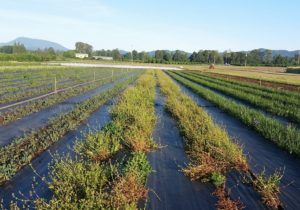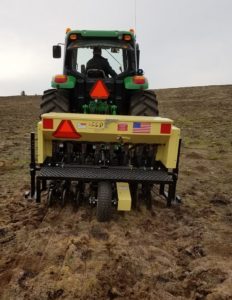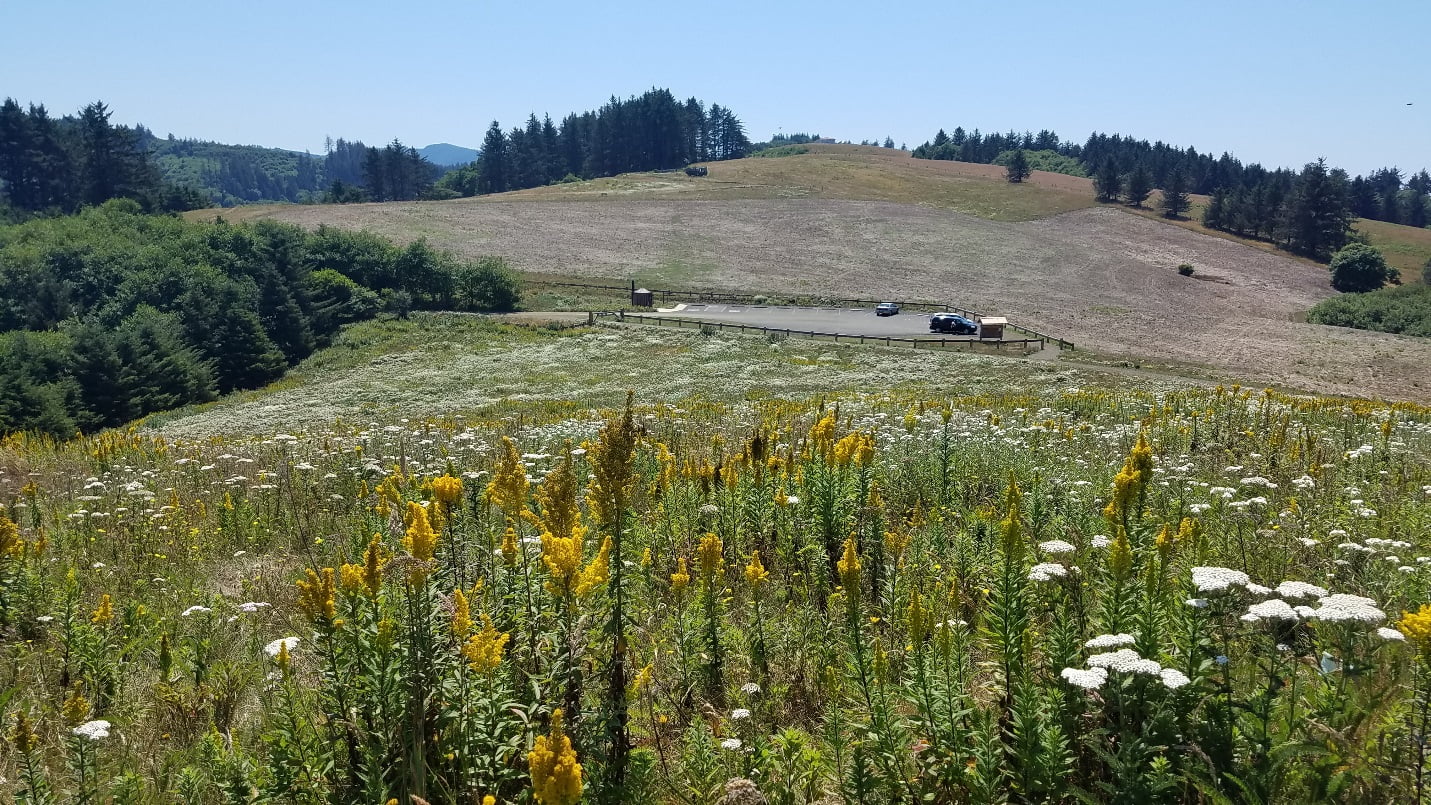
Restoring prairies: making a home for butterflies takes time!
October 2019
Prairie habitat once existed extensively along the Oregon coast, most commonly occurring on stabilized dunes, headlands, salt-spray meadows, and on some coastal, montane peaks. Today, the few remaining coastal prairies are significantly degraded, and the loss of this habitat has resulted in a significant reduction in many of the animal species relying on these habitats. Notably, the Oregon silverspot butterfly, a federally-listed threatened species, is now known to occur in only 7 isolated locations along the Pacific Coast; 6 are in Oregon and 1 in Northern California. Two of these populations have been recently established by introducting caterpillars and pupae that were raised in captivity at the Oregon and Emerald Park Zoos. One of these populations is now at Nestucca Bay National Wildlife Refuge (NBNWR), located at the convergence of the Nestucca and Little Nestucca Rivers, a few miles south of Pacific City, Oregon. NBNWR is owned and operated by the U.S. Fish and Wildlife Service (USFWS) and is open for public visitation. IAE has been collaborating with USFWS since 2011 to restore this beautiful coastal prairie and create habitat for the Oregon silverspot butterfly (Speryeria zerene hippolyta). In the photo above, large swaths of West coast goldenrod (Solidago elongata), yarrow (Achillea millefolium), and pearly everlasting (Anaphalis margaritacea) cover the more mature restored prairie habitat at Nestucca Bay National Wildlife Refuge. A young restoration area can be seen beyond the parking lot.
But the restoration work at Nestucca is far from over. Approximately 21 of the 35 acres of prairie habitat have been reestablished with native species. Today we'll talk about the effort to restore the remaining 14-acre area. This unit has had several years of intensive site preparation, including repeated and persistent weed management, mowing, and prescribed burning, and was finally ready to be reseeded!
To seed or not to seed – it is sometimes a tricky question. Seed too early and you can have years of expensive weed treatments, while tip-toeing around the precious native species. Compounding this challenge, the native wildflower and grass seed and container plants needed for this effort are either not available, or are expensive and difficult to acquire. When restoration work began at Nestucca almost a decade ago, a very limited number of species had seed available in significant enough quantity to cover 35 acres. Increasing the availability and diversity of coastal prairie species has taken years. This work involved identifying remnant populations of native species, collecting their seed in the wild, using that seed to start a seed production field; turning a handful of wild-collected seed into tens of pounds of production seed. Many prairie natives are finicky growers, requiring special attention to maximize seed harvest in an efficient manner.
On October 2, we were finally able to seed the last 14 acres at Nestucca with a diverse mix of natives. The fast-germinating annual species in the mix, such as the shortspur seablush (Plectritis brachystemon), should be evident within a week or two. Shortly after that, the two native fescue grasses, as well as yarrow, one of the important nectar plants for the adult butterflies, will emerge. Some of the other species require several weeks to several months of cold temperatures to lift their dormancy and stimulate germination. Some species like warmer soil temperatures, and won’t appear until spring. Others, such as West coast goldenrod, will exist only as small plants in the first year and not reach their real glory until years two to three. In the coming weeks, months, and years, more species will be added to diversify the community so as to be able to support a broad array of pollinators and other wildlife.
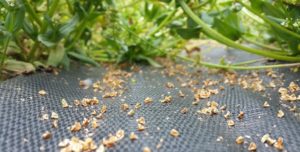
Restoration work will continue on into the future, as most prairies require some form of disturbance to maintain their diversity. USFWS will be able to simulate natural disturbances through techniques such as mowing and prescribed fire. These actions must exist in a delicate balance with the Oregon silverspot butterfly, and need to be implemented to maximize positive impact on the plant community, and minimize negative impact to the butterfly.
Mature areas of the prairie at NBNWR reach peak bloom in July each summer, and the butterflies take flight shortly thereafter. Come a take a hike next summer see if you can catch a glimpse of this coastal prairie icon!
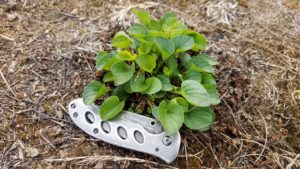
Restoration
Research
Education
Contact
Main Office:
4950 SW Hout Street
Corvallis, OR 97333-9598
541-753-3099
info@appliedeco.org
Southwest Office:
1202 Parkway Dr. Suite B
Santa Fe, NM 87507
(505) 490-4910
swprogram@appliedeco.org
© 2025 Institute for Applied Ecology | Privacy Policy


